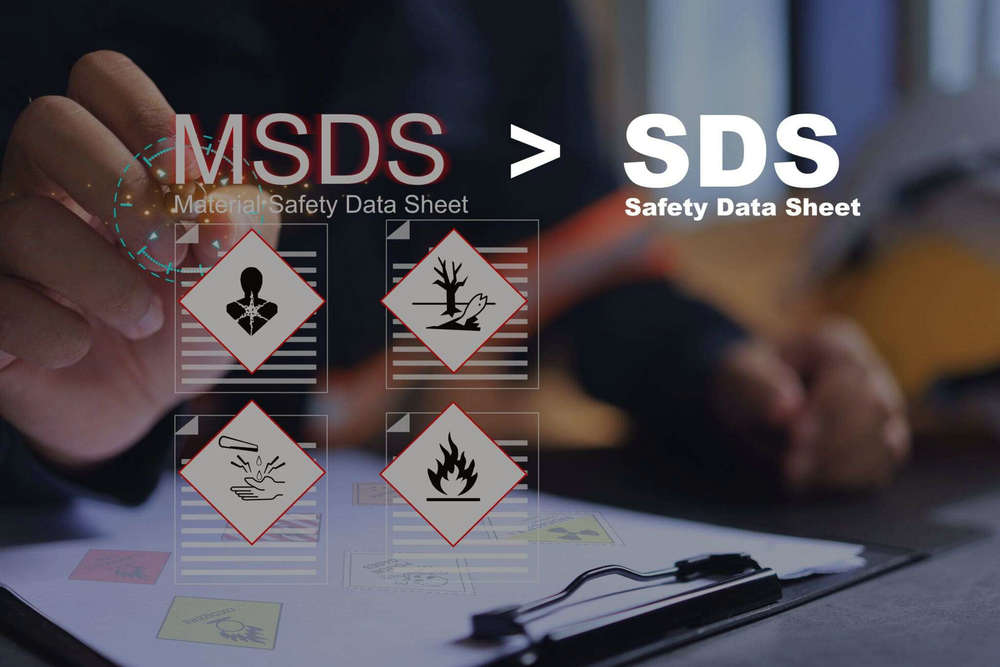
Material Safety Data Sheets (MSDS), now often referred to as Safety Data Sheets (SDS), are critical legal documents in the chemical industry. They provide detailed information about a chemical’s properties, potential hazards, safe handling, storage, and emergency response. These documents are not only essential for workplace safety but are also a key component of international chemical trade compliance.
An MSDS (Material Safety Data Sheet) serves as a comprehensive guide for chemical users and handlers. It includes:
Physical and chemical properties (pH, flash point, flammability, reactivity, etc.)
Health hazards such as carcinogenicity, toxicity, or irritation
Environmental impact information
Protective measures and emergency instructions
From production to disposal, the MSDS ensures that every stage of a chemical’s lifecycle is managed safely and in compliance with national and international standards.
Contrary to popular belief, an MSDS does not have a fixed expiration date. However, regulations across different countries require periodic review and updates to ensure accuracy. The frequency depends on local regulatory frameworks:
China: According to GB 16483-2008, an MSDS must be updated every 5 years, or immediately if new hazards are identified within six months.
United States: Under OSHA HCS 2012, MSDS (now SDS) should be reviewed at least every 3 years, with immediate updates when new safety data becomes available.
European Union: REACH and CLP regulations require SDS to be updated within 30 days of new information, though there is no fixed review cycle.
Canada: WHMIS regulations require mandatory updates every 3 years or whenever significant changes occur in composition or hazard data.
Even without reaching the periodic review deadline, several triggers require immediate revision:
Change in chemical composition – modification of purity, mixture ratio, or formulation.
New hazard findings – discovery of previously unknown health, physical, or environmental risks.
Updated safety measures – availability of improved protective equipment or handling procedures.
Regulatory revisions – introduction of new regional standards or changes to labeling requirements.
For chemical manufacturers and exporters, maintaining MSDS compliance is not optional—it is essential for legal trade, workplace safety, and customer trust.
To remain compliant:
Verify the validity period of your MSDS based on the target country.
Review all composition, hazard, and emergency data to ensure accuracy.
Stay informed about local regulation changes (e.g., REACH, GHS, WHMIS).
Implement a dynamic management system for MSDS documentation.
The MSDS is not a static document—it evolves as chemical knowledge and safety regulations advance. Regular review and timely updates not only fulfill legal obligations but also demonstrate a company's commitment to environmental protection and occupational safety.
If you need the ARKPEEK MSDS from PEEKChina, our technical team can provide detailed documentation and professional support for international compliance.